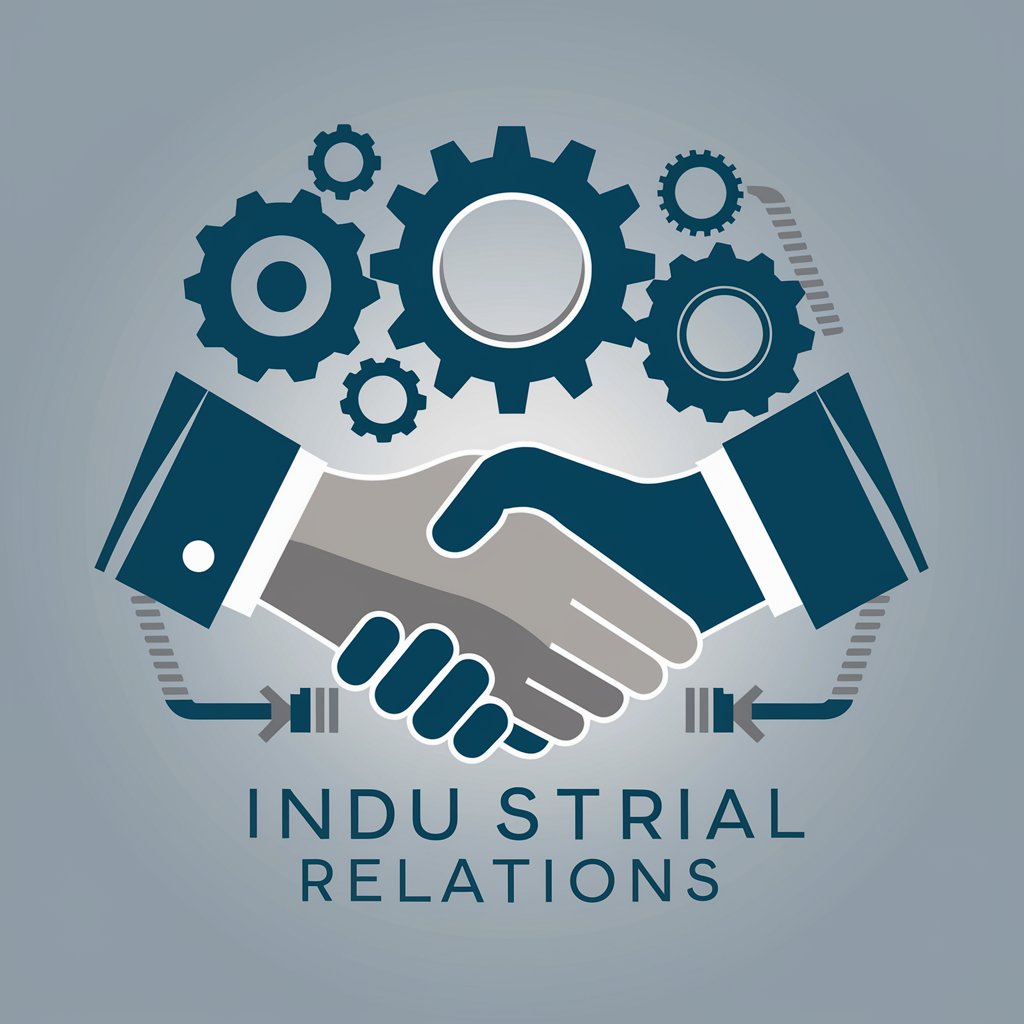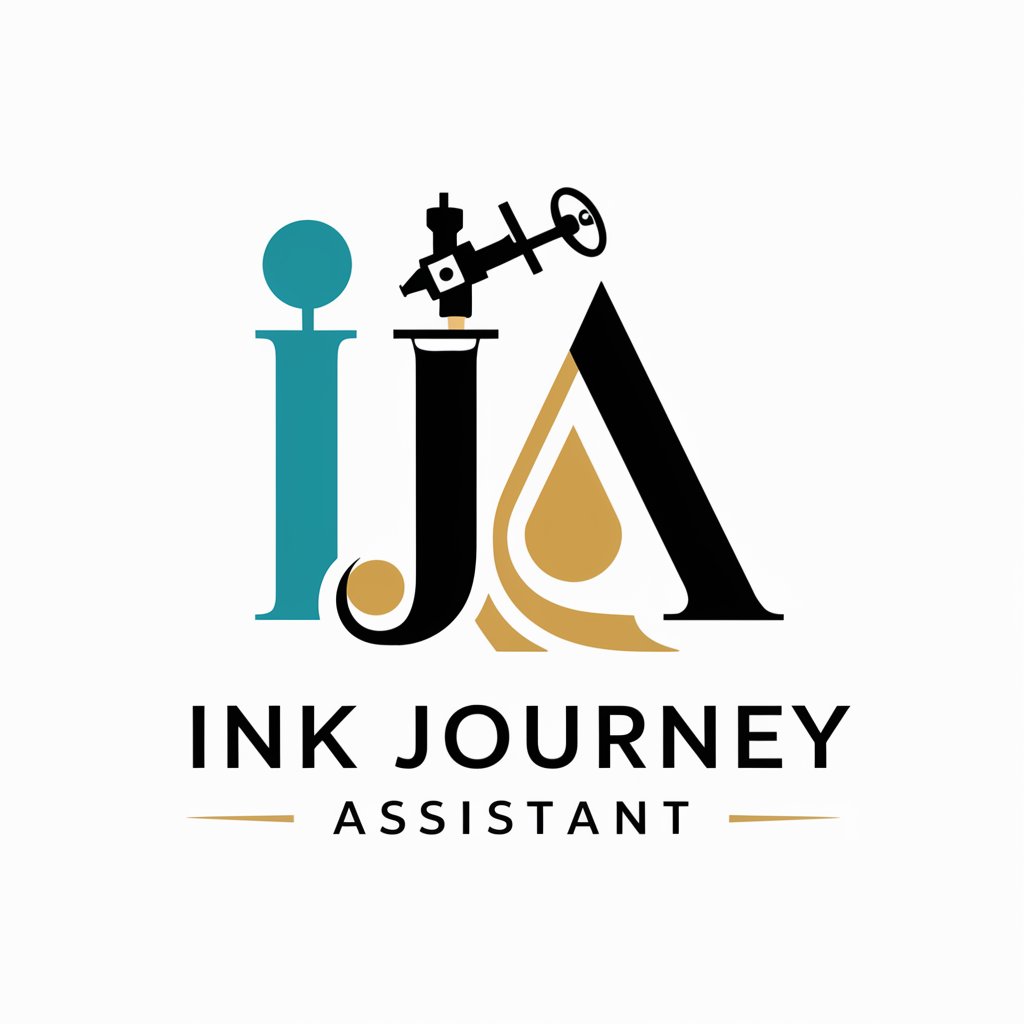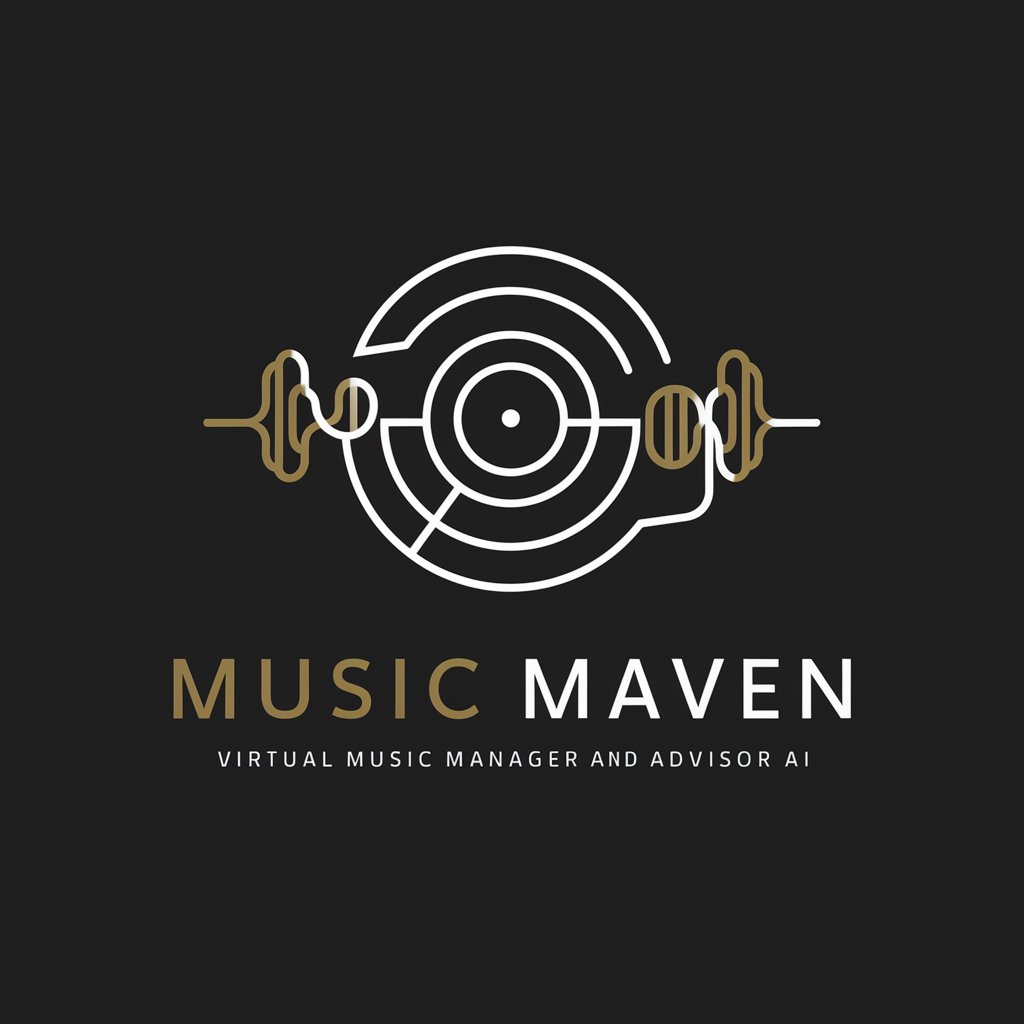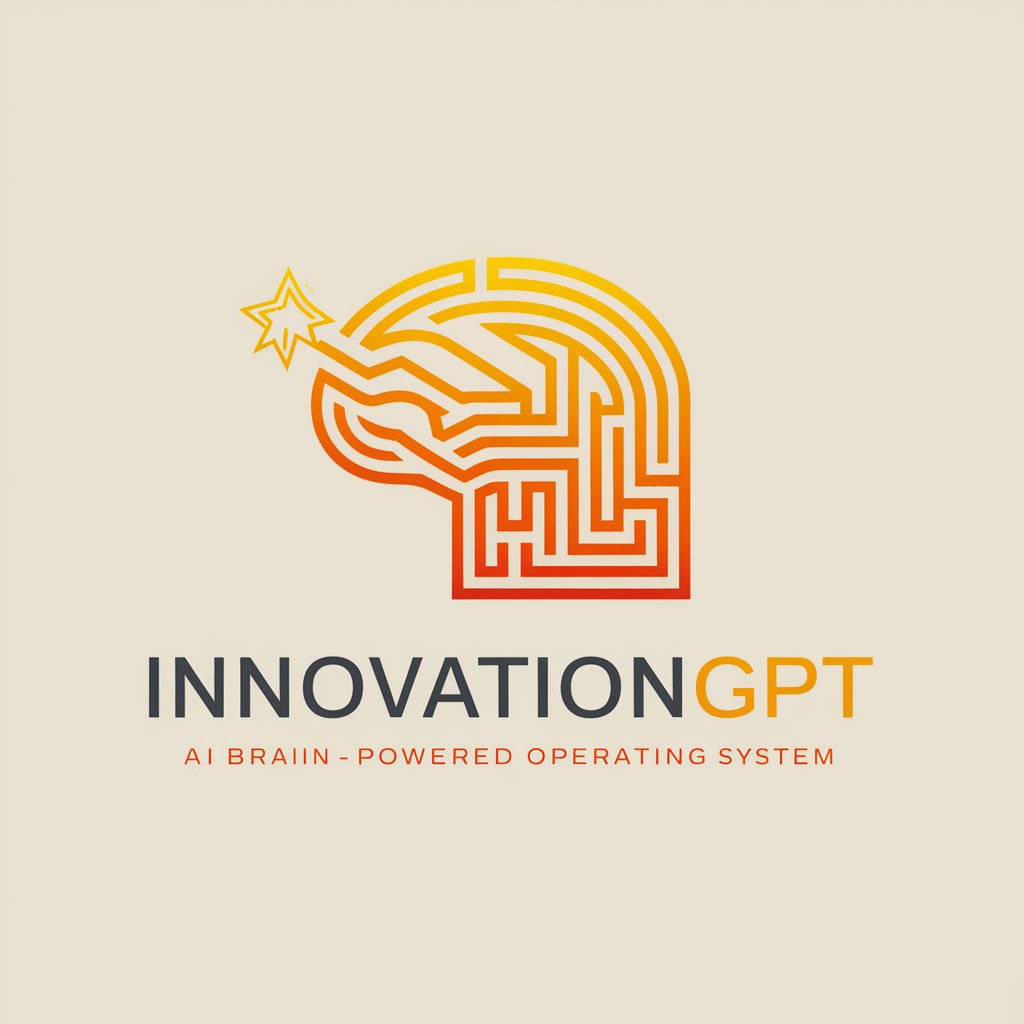Industrial Relations - Industrial Relations Insights

Welcome! How can I assist you with your industrial relations concerns today?
Empowering Workplace Solutions with AI
What are the key components of a successful employee engagement strategy?
How can a company effectively manage and resolve workplace conflicts?
What are the best practices for implementing a fair employee performance review system?
How can organizations ensure compliance with labor laws and regulations?
Get Embed Code
Overview of Industrial Relations
Industrial Relations (IR) refers to the multidisciplinary field that studies the employment relationship. IR is concerned with the complex interactions between employers, employees, their representatives (like unions), and the government bodies that regulate these relationships. The primary goal is to maintain harmony and resolve conflicts within the workplace, ensuring productive and fair working conditions. An example scenario illustrating the importance of IR is during collective bargaining processes, where negotiations between employers and employee unions determine wages, working hours, and other employment conditions. This scenario underscores the need for effective IR practices to navigate the complexities of employer-employee relationships, aiming for outcomes beneficial to all parties involved. Powered by ChatGPT-4o。

Key Functions of Industrial Relations
Conflict Resolution
Example
Mediating disputes between employees and management to prevent strikes.
Scenario
When a dispute arises over workplace safety conditions, IR professionals can step in to mediate the situation, preventing potential strikes and ensuring a resolution that addresses employee concerns while keeping the business operational.
Collective Bargaining
Example
Negotiating employment terms between unions and employers.
Scenario
IR plays a pivotal role during collective bargaining, where representatives negotiate on behalf of employees for better wages, benefits, and working conditions. This process exemplifies how IR facilitates dialogue and agreement, balancing employer capabilities with employee needs.
Regulatory Compliance
Example
Ensuring workplace practices adhere to labor laws and regulations.
Scenario
IR specialists ensure that organizations comply with labor laws and regulations, such as minimum wage laws, overtime regulations, and safety standards. This function is crucial in preventing legal disputes and promoting a fair, safe working environment.
Employee Engagement
Example
Developing strategies to improve job satisfaction and productivity.
Scenario
IR strategies might include implementing employee feedback systems, recognizing employee achievements, and fostering a positive work culture. These efforts aim to enhance job satisfaction, reduce turnover rates, and increase productivity.
Target User Groups of Industrial Relations Services
HR Professionals
Human Resources (HR) professionals benefit from IR services by gaining expertise in handling employee relations, ensuring compliance with labor laws, and implementing best practices in workplace management. IR tools and insights assist HR in navigating the complexities of employee management, enhancing their ability to create harmonious work environments.
Union Representatives
Union representatives use IR services to better understand employer perspectives, negotiate more effectively on behalf of their members, and stay informed about legal requirements and changes. This knowledge enables themto advocate effectively for workers' rights and interests, ensuring fair treatment and equitable workplace conditions.
Business Owners and Managers
Owners and managers of businesses, especially small and medium enterprises (SMEs), rely on IR services to navigate the legal aspects of employment, resolve conflicts efficiently, and maintain productive relationships with their workforce. By leveraging IR expertise, they can foster a positive work culture, reduce litigation risks, and enhance employee satisfaction and loyalty.
Government Agencies and Policy Makers
Government officials and policy makers involved in labor relations and employment standards benefit from IR insights to develop, implement, and enforce labor policies and regulations. IR services provide them with a comprehensive understanding of workplace dynamics and challenges, enabling informed decision-making that balances the needs of employers, employees, and the economy.
Employees and Union Members
Employees and union members can utilize IR services to understand their rights and responsibilities within the workplace, navigate disputes, and engage constructively with management and representatives. This knowledge empowers them to advocate for fair treatment and contribute to a positive, collaborative work environment.

How to Use Industrial Relations
1
Start by visiting yeschat.ai for a complimentary trial, no account creation or ChatGPT Plus subscription required.
2
Identify your specific industrial relations query or need, such as understanding labor laws, negotiating workplace agreements, or improving employee relations.
3
Utilize the provided tools and resources to input your query. Be as specific as possible to ensure the most accurate and useful guidance.
4
Review the generated advice and insights. For complex queries, consider running multiple related queries to gather comprehensive perspectives.
5
Apply the insights in your workplace. Use the information to inform decisions, strategy planning, or discussions with stakeholders.
Try other advanced and practical GPTs
Home Improvement
Empowering your home projects with AI

Home Furniture
Revolutionizing Home Decor with AI

Home Accents
Revitalize Your Space with AI-Powered Decor Ideas

Furnace
Empowering Warmth with AI

Inkr (LEGACY)
Craft Your Tattoo, Power Your Story

Greg from MyGreenHome - Manna
AI-Powered Home Improvement Guidance

Platinum
Unlocking the Potential of Platinum with AI

Music Maven
Empowering Music Creatives with AI

James Andrews
Empowering Creativity with AI

Steve Jobs Bot
Channeling Steve Jobs' vision through AI.

InnovationGPT
Empowering Innovation with AI

Lifestyle Mentor
Empowering Your Decisions with AI Insight

Industrial Relations Q&A
What types of workplace disputes can Industrial Relations help resolve?
Industrial Relations can assist in resolving a variety of disputes, including wage negotiations, working conditions, employee grievances, and collective bargaining disagreements.
How can Industrial Relations improve employee engagement?
By providing strategies to enhance communication, recognize employee contributions, and facilitate meaningful participation in workplace decisions, thus fostering a more engaged and motivated workforce.
Can Industrial Relations assist in interpreting labor laws?
Yes, it offers guidance on understanding and applying labor laws within the workplace, helping employers and employees navigate legal obligations and rights.
How does Industrial Relations support negotiation processes?
It offers insights into effective negotiation techniques, strategies for conflict resolution, and best practices for reaching mutually beneficial agreements.
What resources does Industrial Relations provide for HR professionals?
Resources include analytical tools for policy development, templates for drafting agreements, and updates on best practices and emerging trends in industrial relations.
